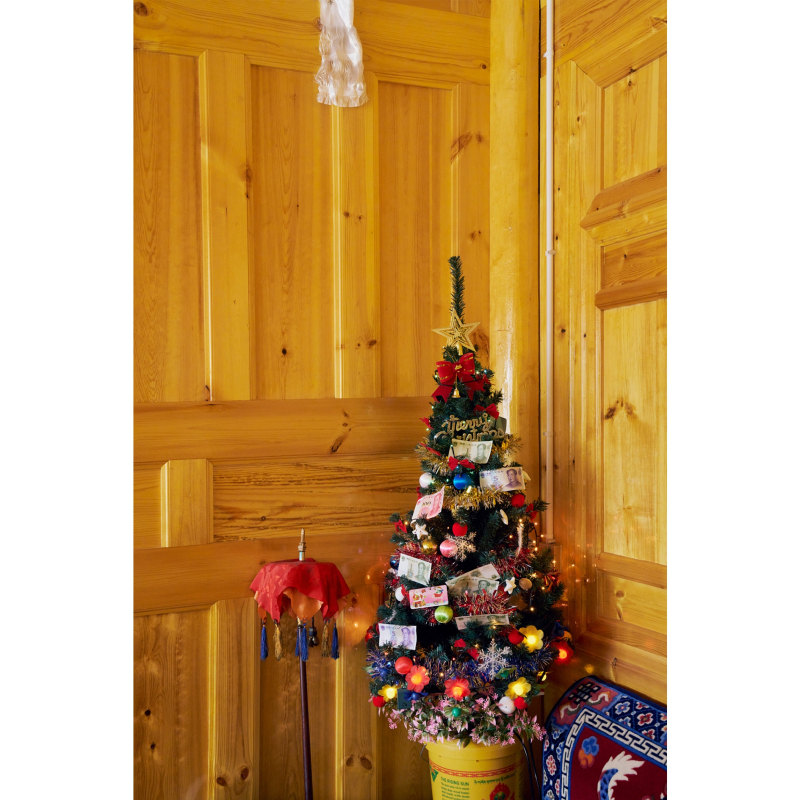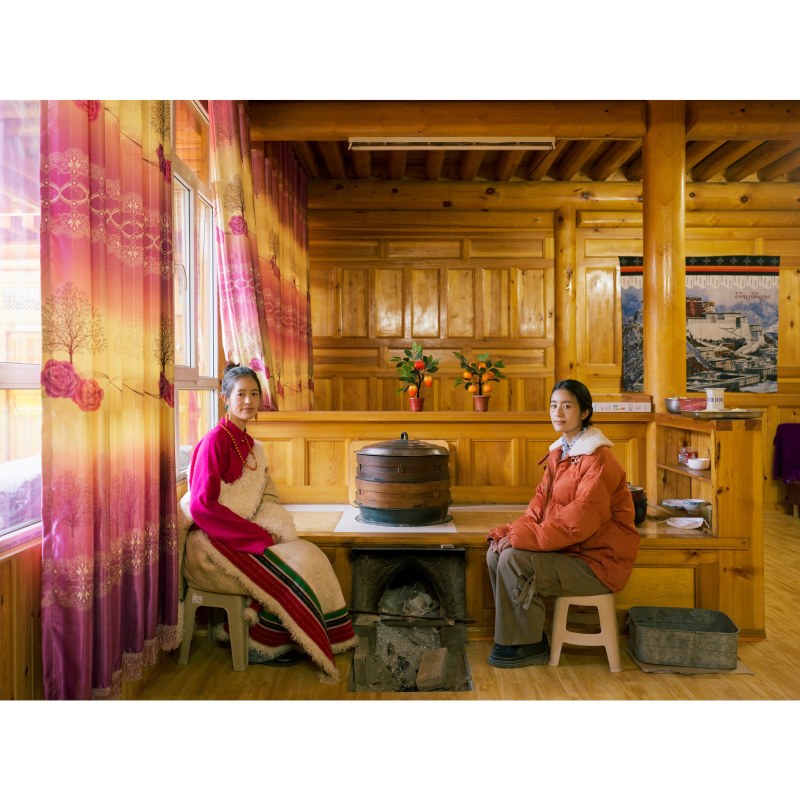Li Xiaolang
New Houses
Text by Shi Hantao
Li Xiaoliang's exhibition "New Houses" features 15 photographs and two video works selected from a series of the same name that he has been developing over the past two years. This series was shot in his birthplace, the Qinghai-Tibet region, focusing on the interiors and exteriors of newly built houses of local Tibetans, as well as the people living in them. The photographs reveal glass skylights with aluminum frames, fashionable sofas and tables, integrated cabinets, and a full range of household appliances, which are now indistinguishable from the home furnishings of residents in other regions of China. Of course, the images also include wooden architectural structures with distinctive Tibetan characteristics, decorative elements on the walls, and traditional home facilities such as fireplaces. I must admit that I was surprised by the "modernized" lifestyle depicted in these photographs, which reveals my unfamiliarity with the current lives of people in remote western provinces, and even my unconscious biases.
This series adopts a straightforward, eye-level perspective, and clearly maintains sufficient depth of field in the photographs, resulting in images rich with detail. Although these works appear quiet and peaceful, upon closer inspection, they convey a more complex atmosphere. The image of a little girl used in the exhibition poster is particularly representative. The girl is curled up in a single armchair with wide wooden armrests, above her hang two prayer flags and thangkas wrapped in khatas, and beneath these are two family photographs in Western-style classical frames. A power socket dangles in the frame, while a Pikachu plush toy is hidden in the crevice of the sofa's backrest. All these elements originally have their own regional, temporal, or cultural characteristics, yet they coexist naturally within the same frame, to some extent accentuating and intensifying the slightly puzzled and wary gaze of the little girl at the center of the image.
The impact of modernization and globalization on Chinese social life has long been an important theme in contemporary Chinese documentary photography, particularly prominent in rural scenes and environmental portraits. For instance, Jiang Jian's early series "Masters" offers an interesting comparative reading with Xiaoliang's work. If Masters is a valuable archive of family scenes and characters in rural Zhongyuan (the Central Plains) from the early 1990s, then Xiaoliang has left an important visual document of Qinghai-Tibetan villages in the third decade of the new century. Both series can be seen as portraits of specific eras, places, and people, with a striking commonality in their images: "Many political symbols and pop culture images coexist with traditional cultural symbols in one space, and this is the reality of this contention" (Gu Zheng). While we might say that the political symbols in Jiang Jian's work are prominent, doesn't Xiaoliang's imagery reflect aspects of the current situation from another perspective? Of course, unlike Jiang Jian's "garish colors that intensify the aesthetic tastes of Central Plains farmers as embodied in their living spaces," Xiaoliang's images appear more gentle and natural; whether in the treatment of light or the arrangement of figures, they exude a sense of tranquility and leisure. This might be due to cultural differences between the two regions, and to some extent can be understood as two different perceptions of the current state of their hometowns by the two artists.
In this exhibition, Xiaoliang has chosen environmental portraits of young people as the main body of work, among which he has specially arranged two photographs as a subtle thematic touch. One is placed at the entrance of the exhibition hall, showing a girl in traditional Tibetan costume holding a lamb. She is in the sunlight, looking sideways at the camera with a quiet smile, embodying the natural and pure image of Tibetan children often depicted or imagined. The other photograph, in another corner of the hall, shows a premature lamb abandoned in the shadow of a makeshift house wall, evoking sympathy. Xiaoliang reveals that the girl in the first photograph is actually waiting by the roadside, using the lamb in her arms to charge tourists for photos. This girl is probably unaware that, to some extent, the premature lamb might be a result of her "work". In the exhibition site, these two photographs are placed ten meters apart, roughly the distance between the little girl waiting for photos and the premature lamb. Certainly, whether the lambs in these two photos are the same is not important. What is significant is that these two works show us that with the development of the tourism industry, the once-closed community life is gradually opening up, and the corresponding relationships between humans and nature, and even between humans themselves, are undergoing changes that may not yet be fully recognized.
For this exhibition, Xiaoliang specially brought a cabinet from the shooting location, with its glass doors covered in photographs. This is a common way for local people to display photos in their lives, essentially using the cabinet's glass doors as a larger frame. However, the photos behind the glass doors have now faded and curled, and the radiant smiles on the faces in the photos have gradually become pale. They are like time and life sealed in the cabinet, slowly fading away. In fact, this method of preserving and displaying photos is likely to disappear soon. As the digital age has swept in, it's hard to say whether we will still hang or place photos on walls or in cabinets in the future. Perhaps most photos, after a brief appearance on the screen at the moment of capture, will forever sink into an unfathomable digital space.
There is a Chinese saying, "The old must go for the new to come", which reveals a certain cruelty, as the old and new become two incompatible existences. This is reminiscent of what David Harvey called "modernity's break with the past," where on the path to modernization, "if the past is found to be an obstacle, all of the past is obliterated." Harvey articulated the ruthless and irreversible force of modernization, but in each specific place, modernization itself has its particular meanings and manifestations. The changes occurring in the new houses in Xiaoliang's photographs certainly stem from people's desire for a better life, but such desires might be influenced by mass or social media, or new insights brought back by villagers who have worked outside, and of course, the state's ongoing efforts to promote settlement projects for nomads. We can also say that in these new houses, we see an unusual richness, as well as the fusion of cultures and ethnicities. In reality, if the final result of this richness and fusion is a "modern" world that looks the same everywhere, isn't that still a trend towards uniformity? Nonetheless, Li Xiaoliang has provided us with a detailed and vivid slice of time, allowing us to see the present in its constant collision, fusion, and flux.
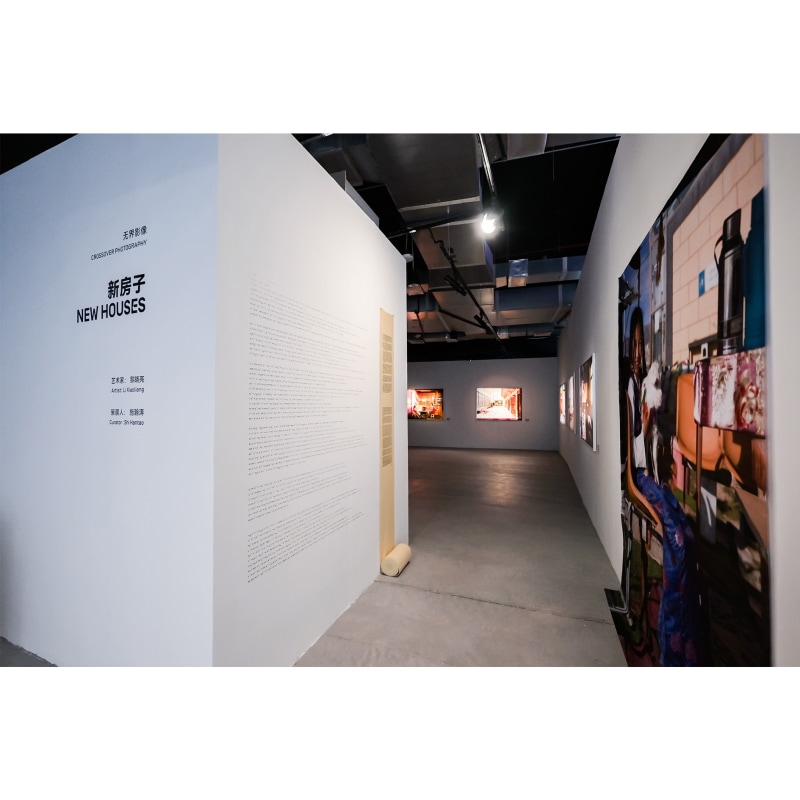

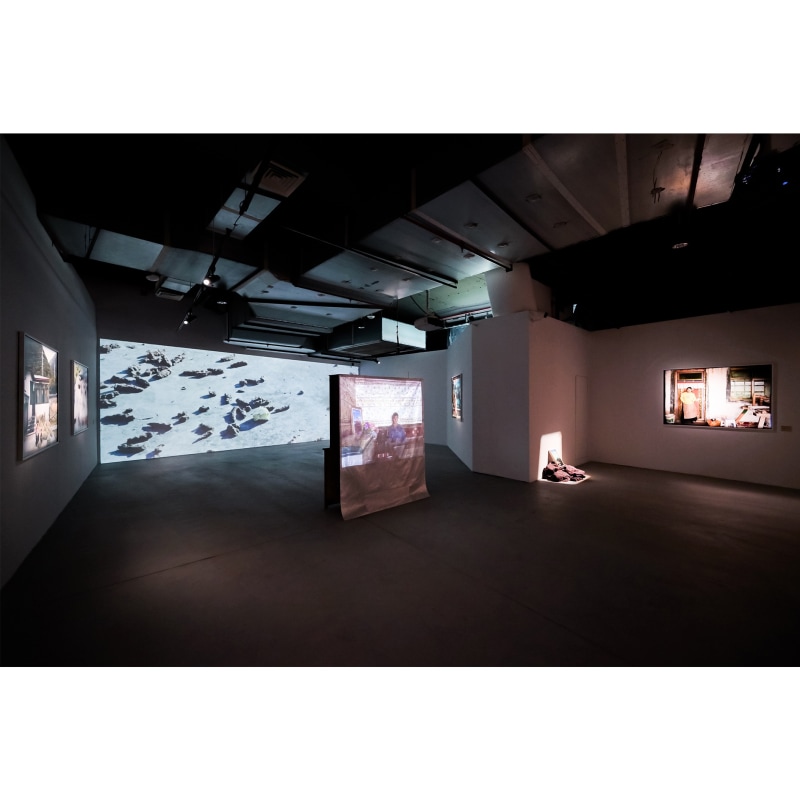
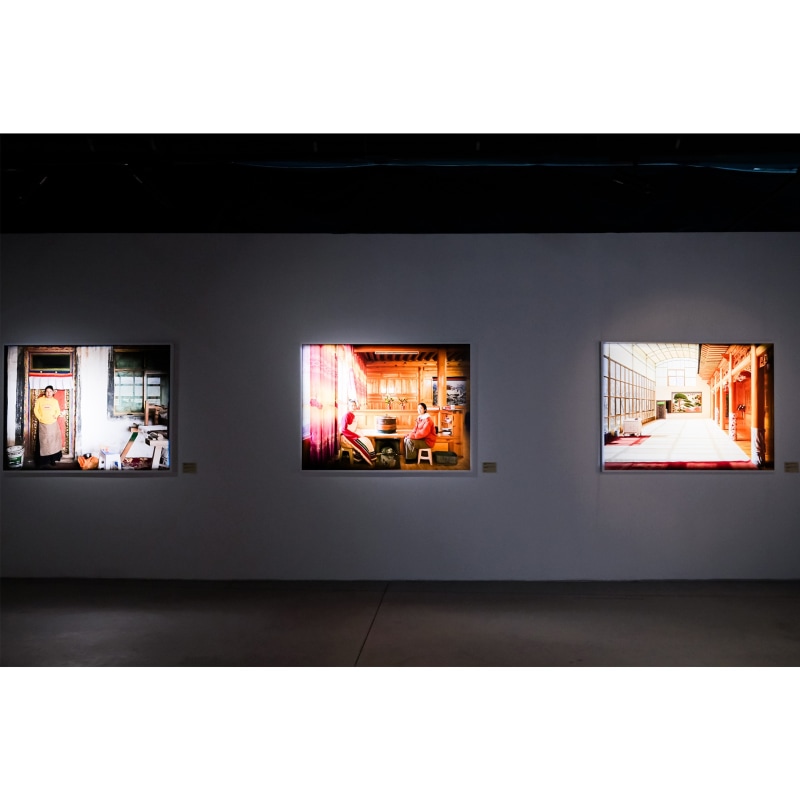

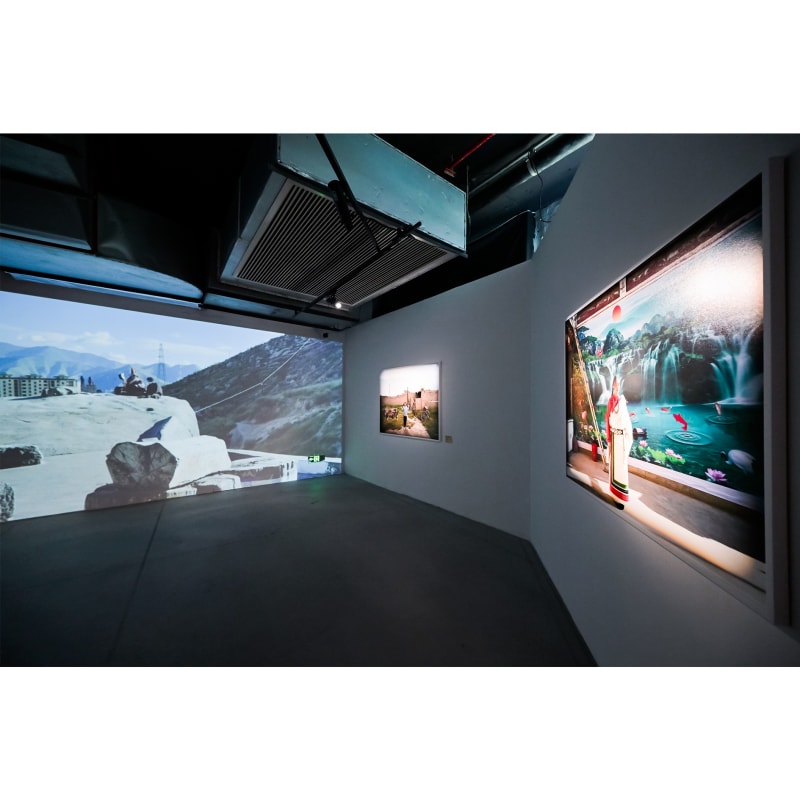
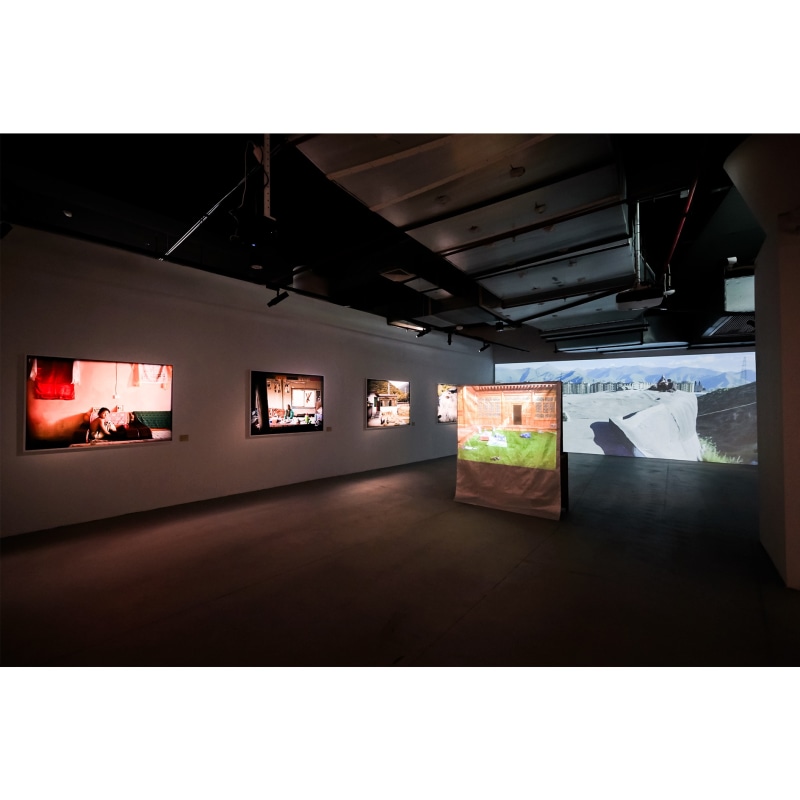


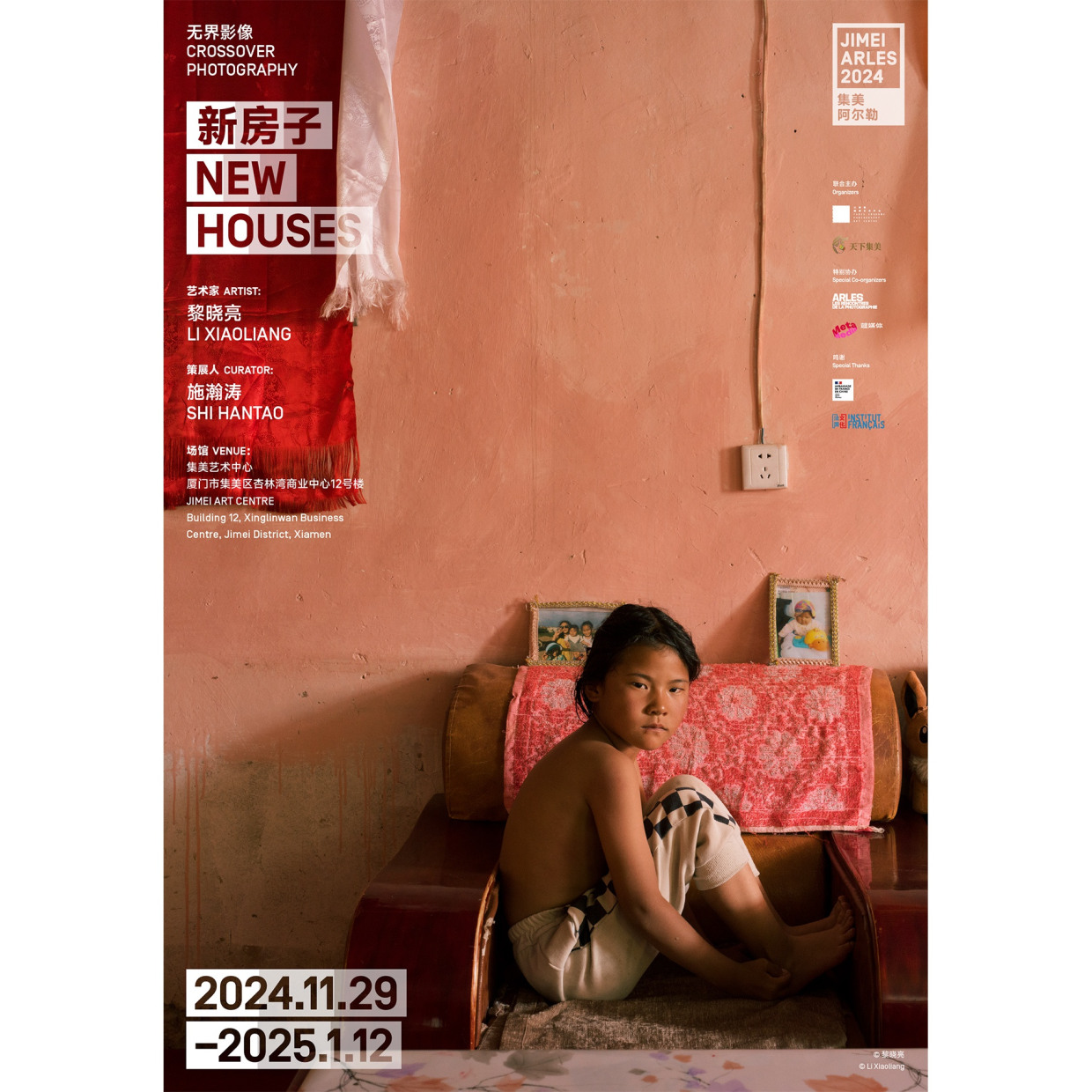
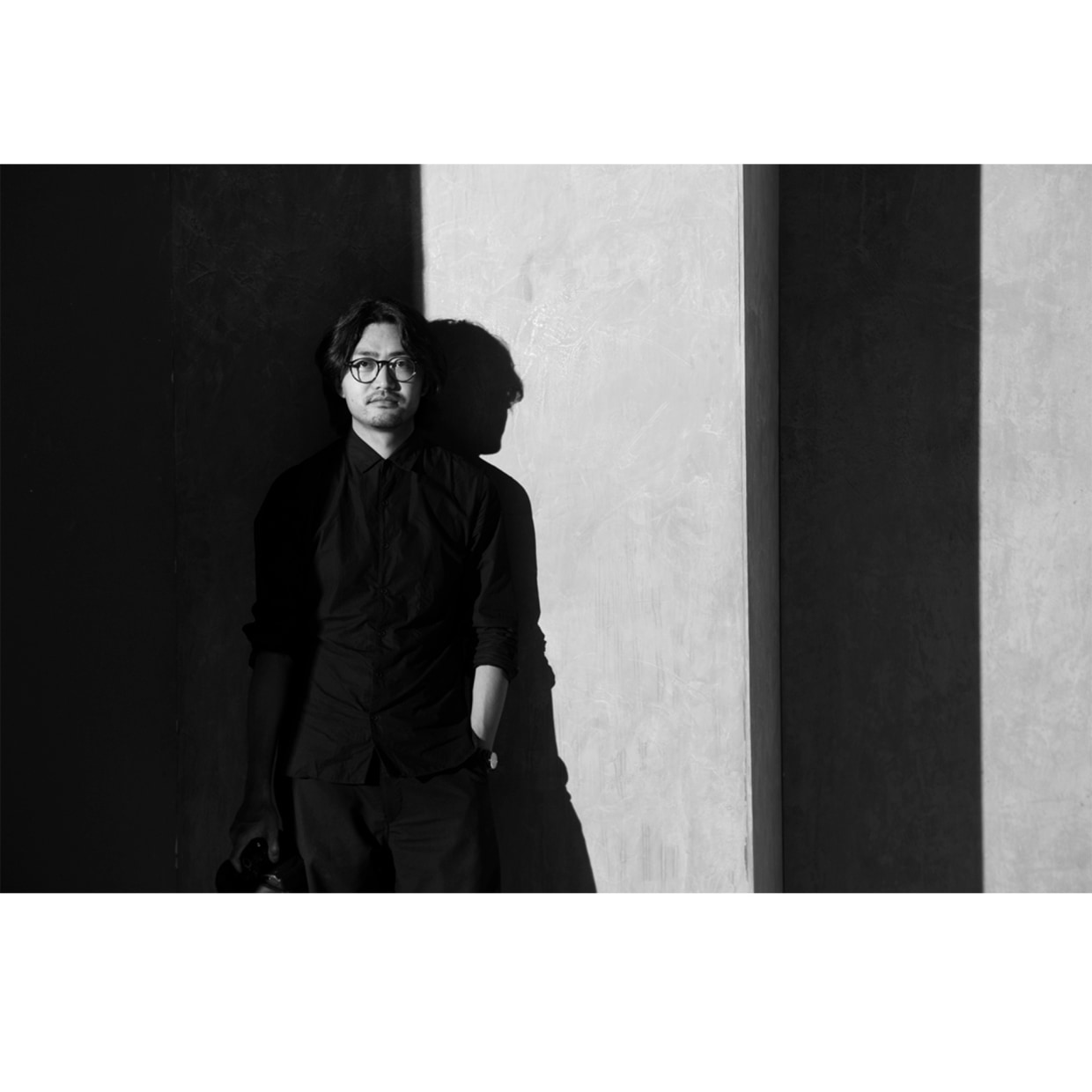
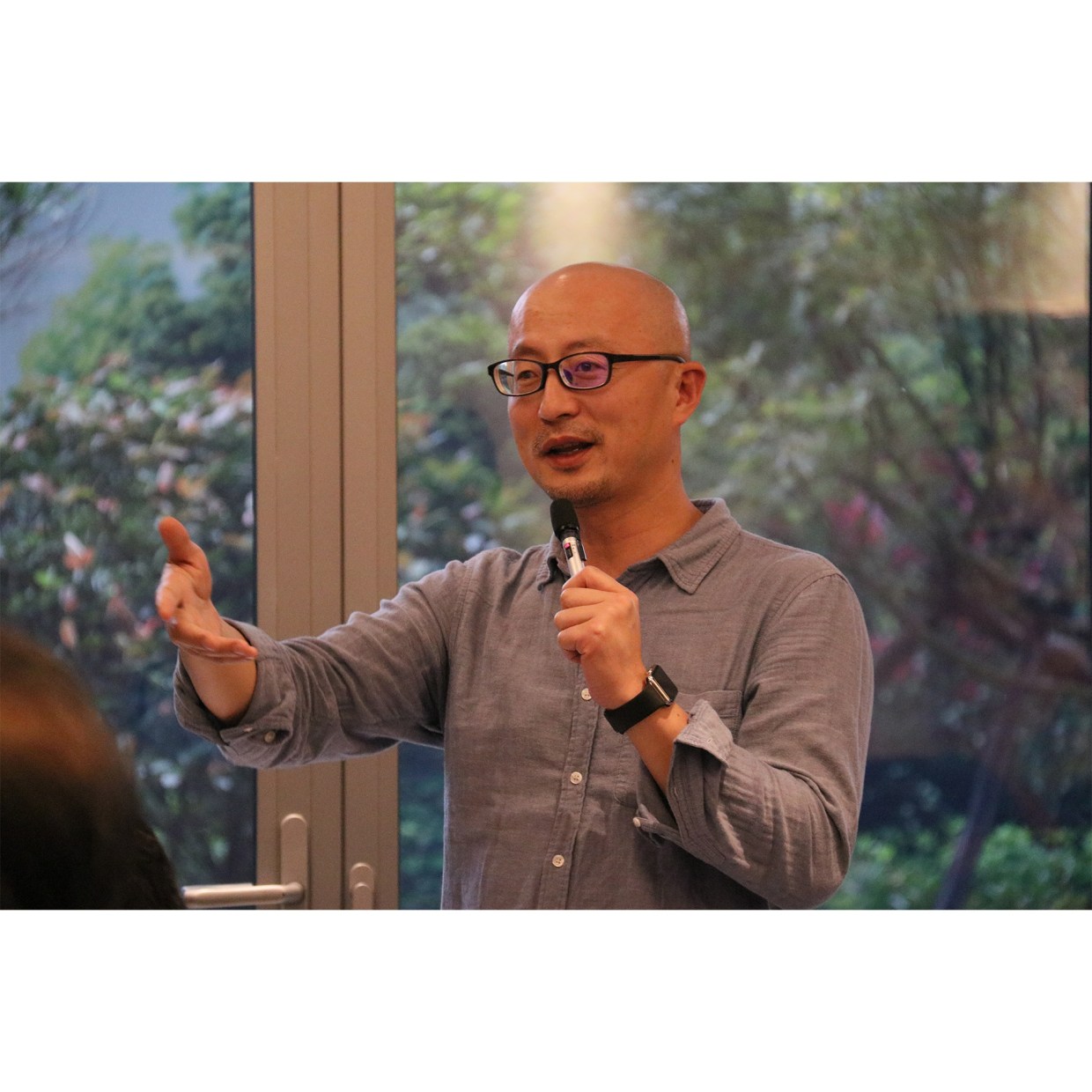
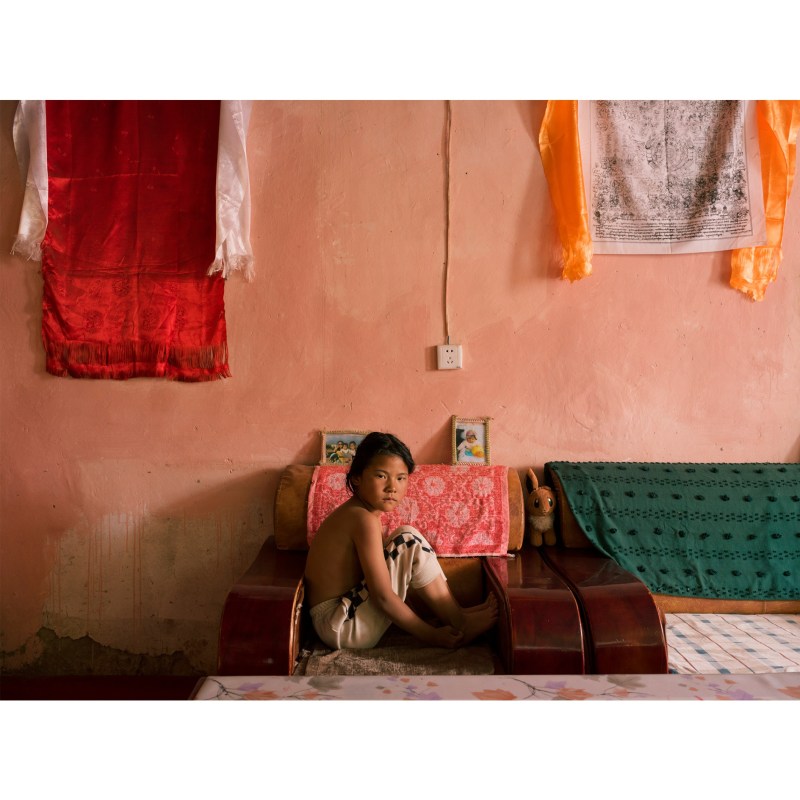
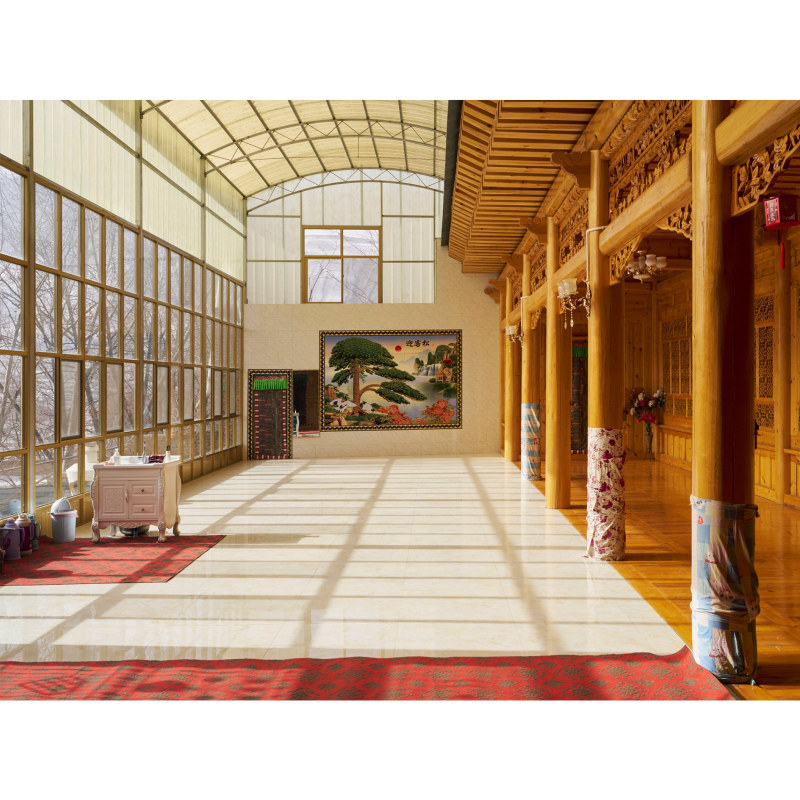 Li Xiaoliang, Qinghai, 2022. Courtesy of the artist.
Li Xiaoliang, Qinghai, 2022. Courtesy of the artist.